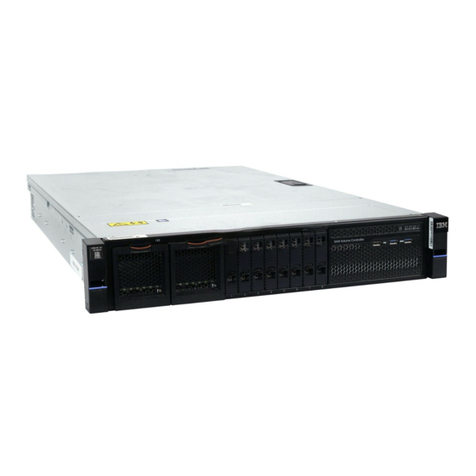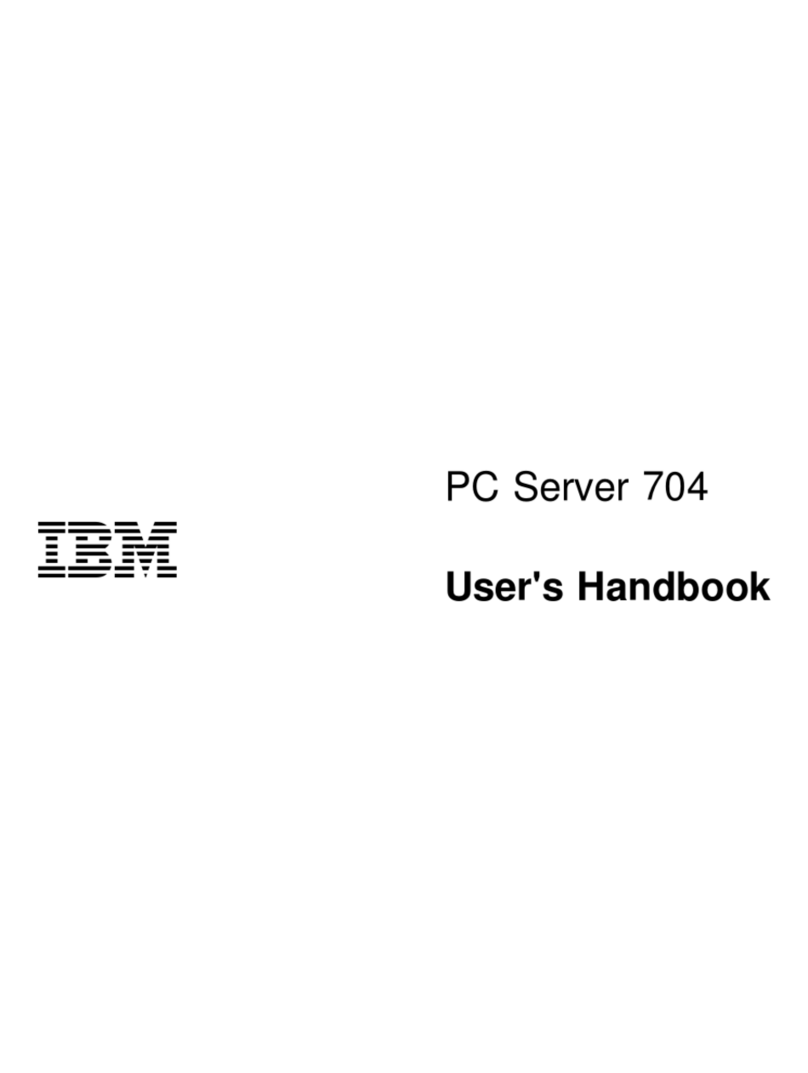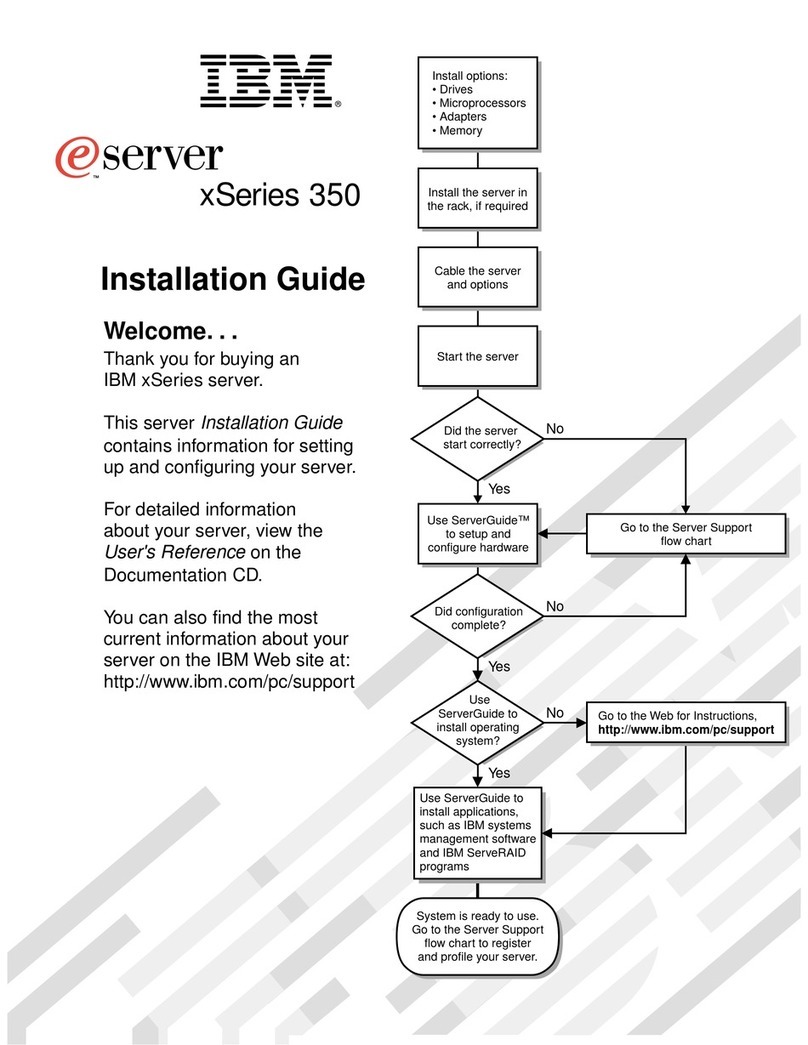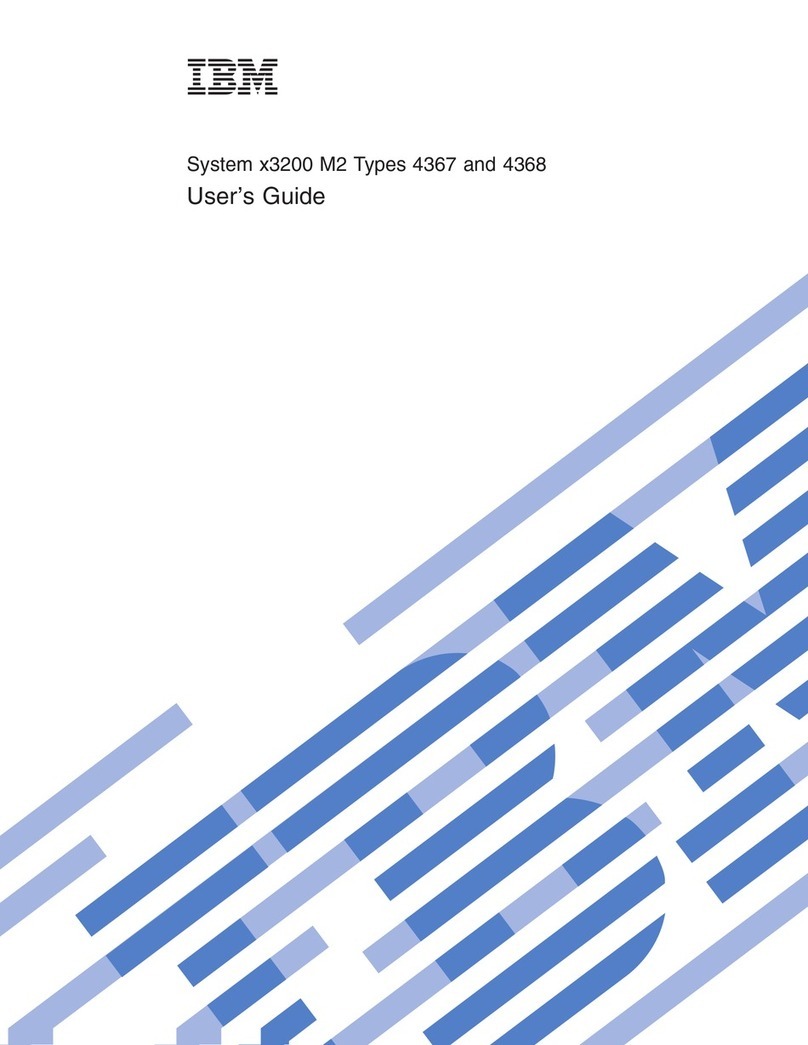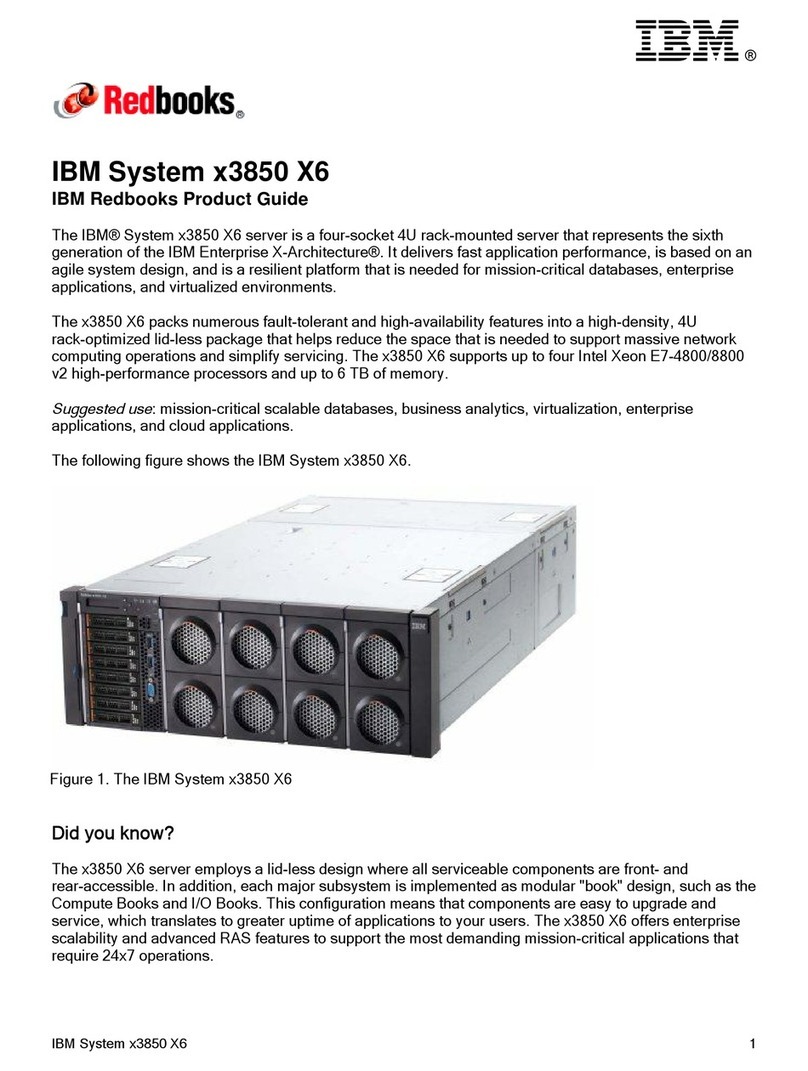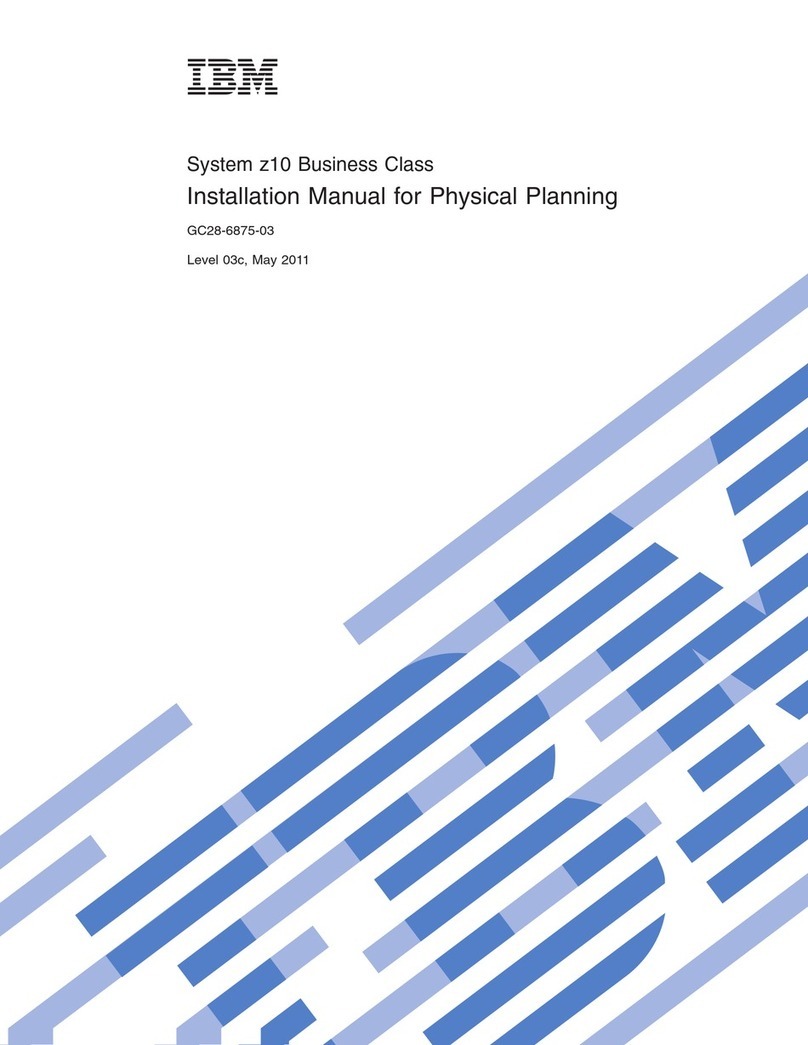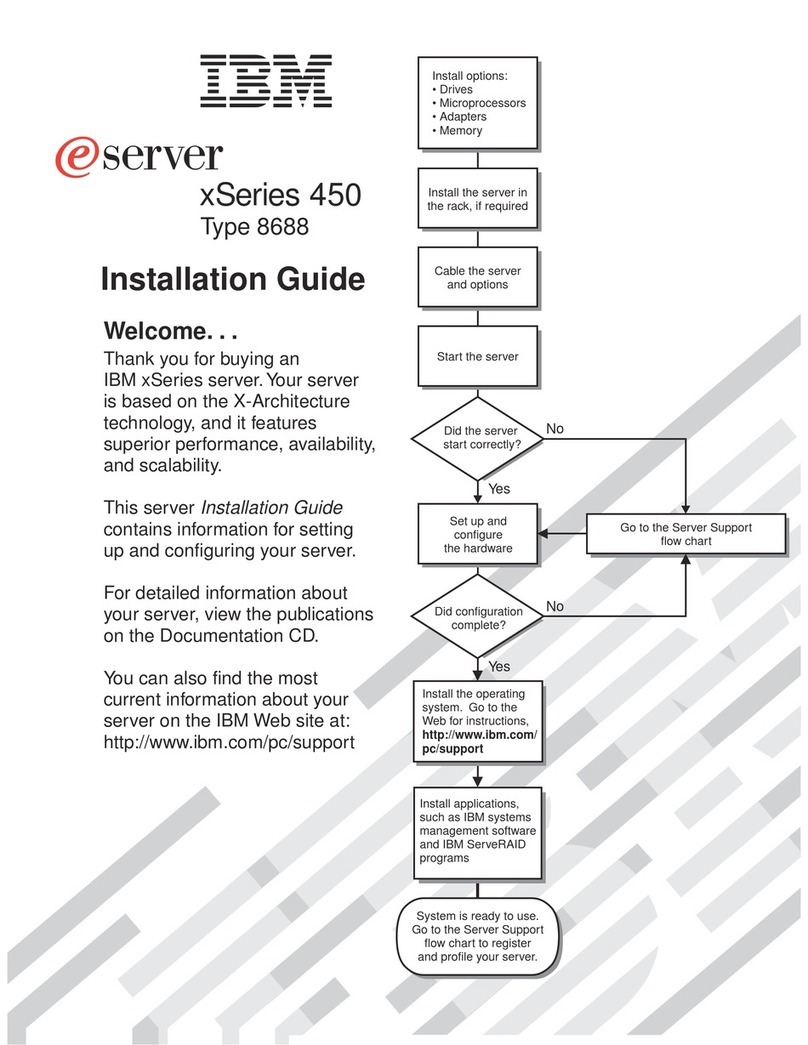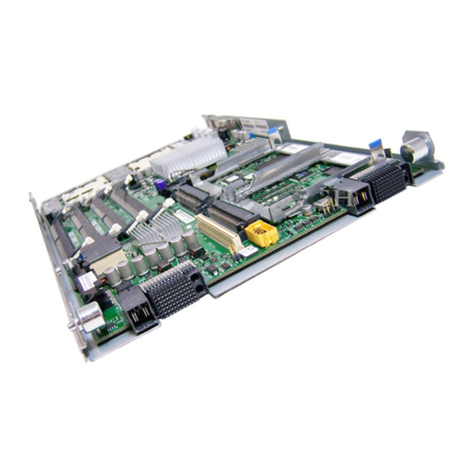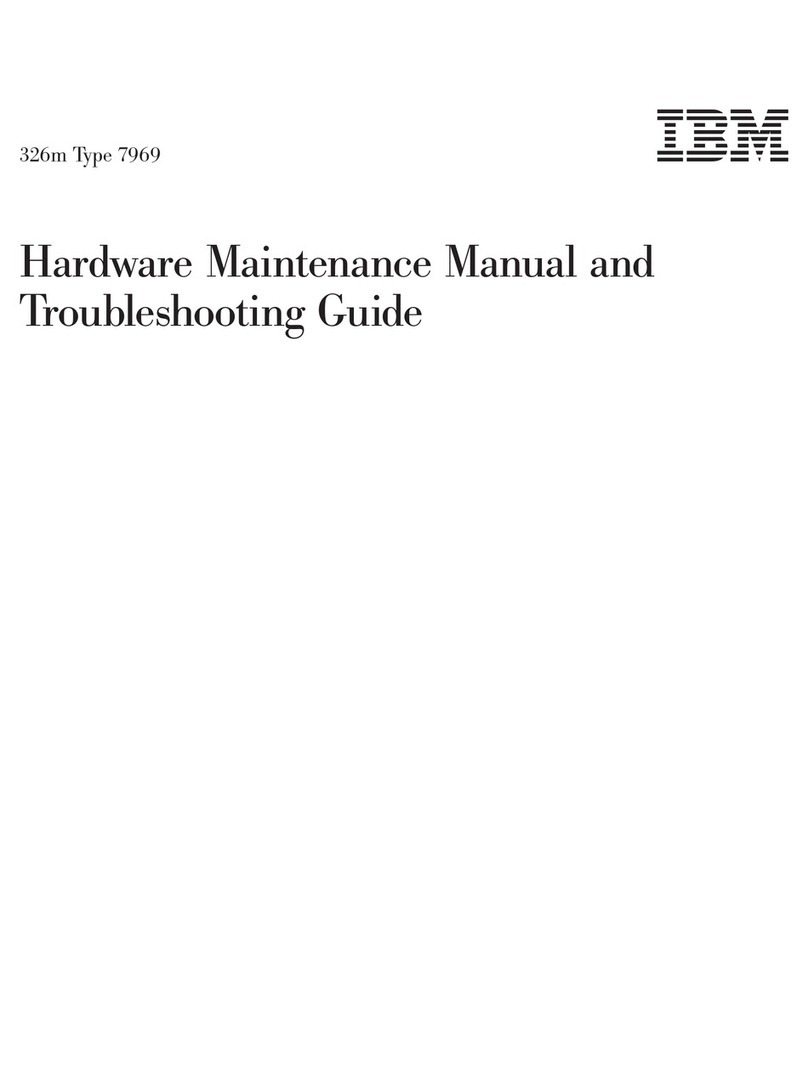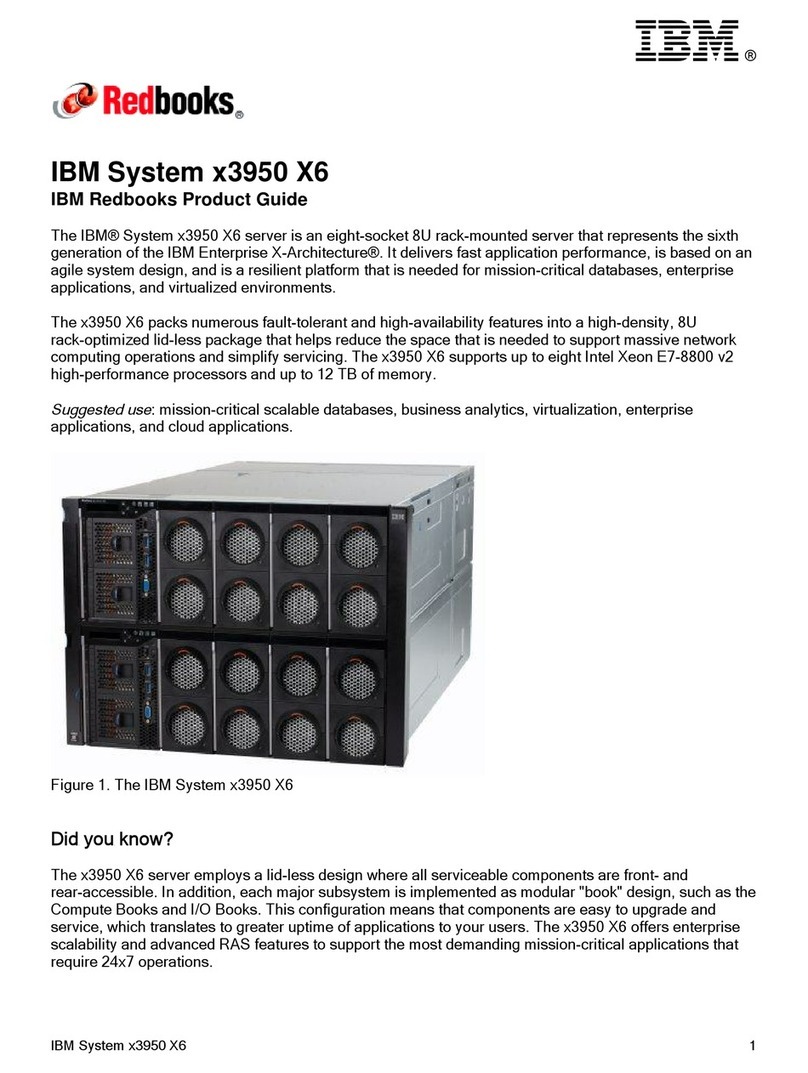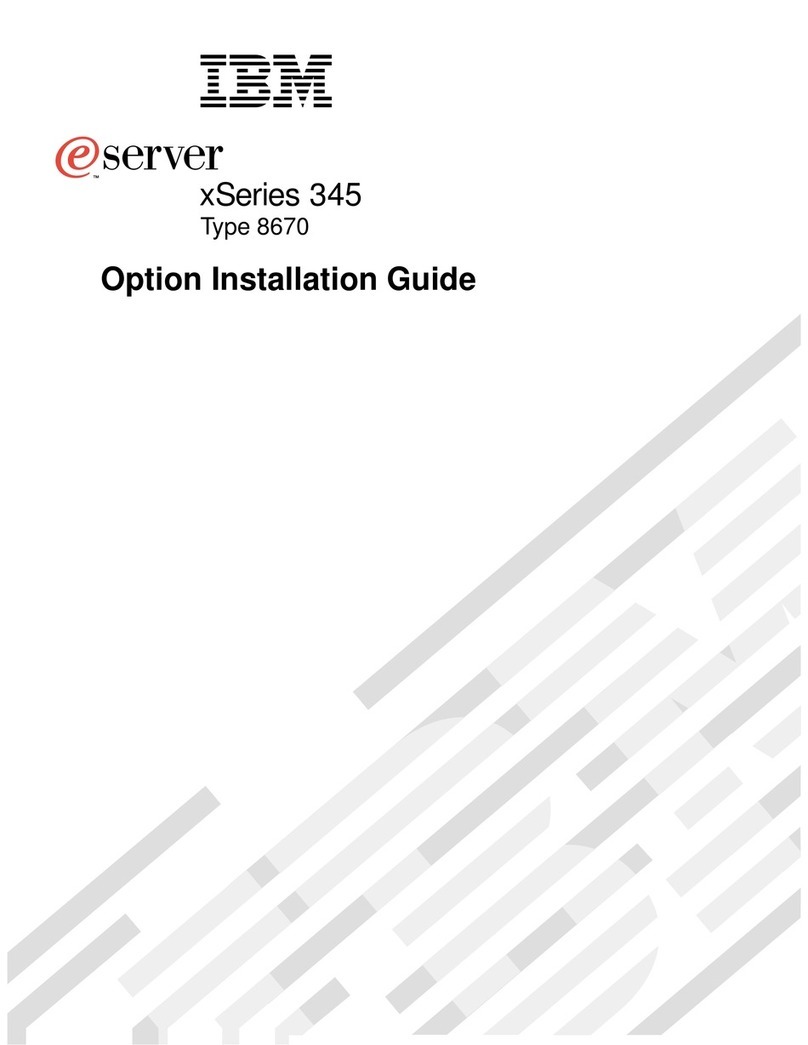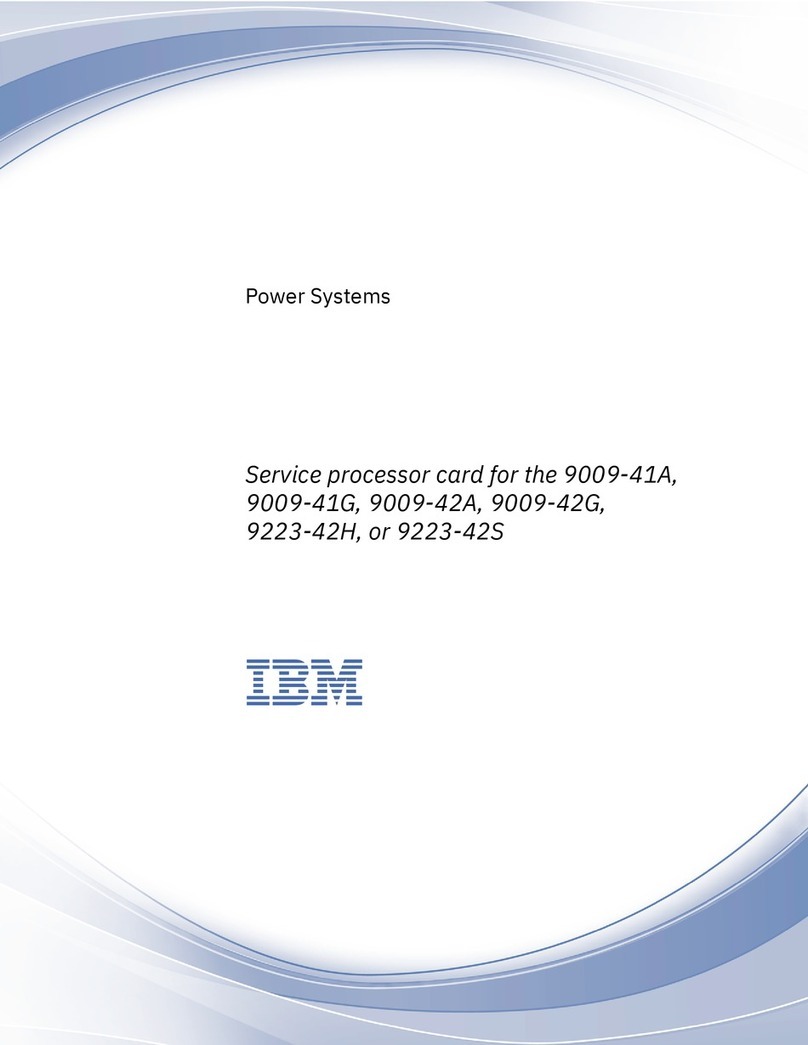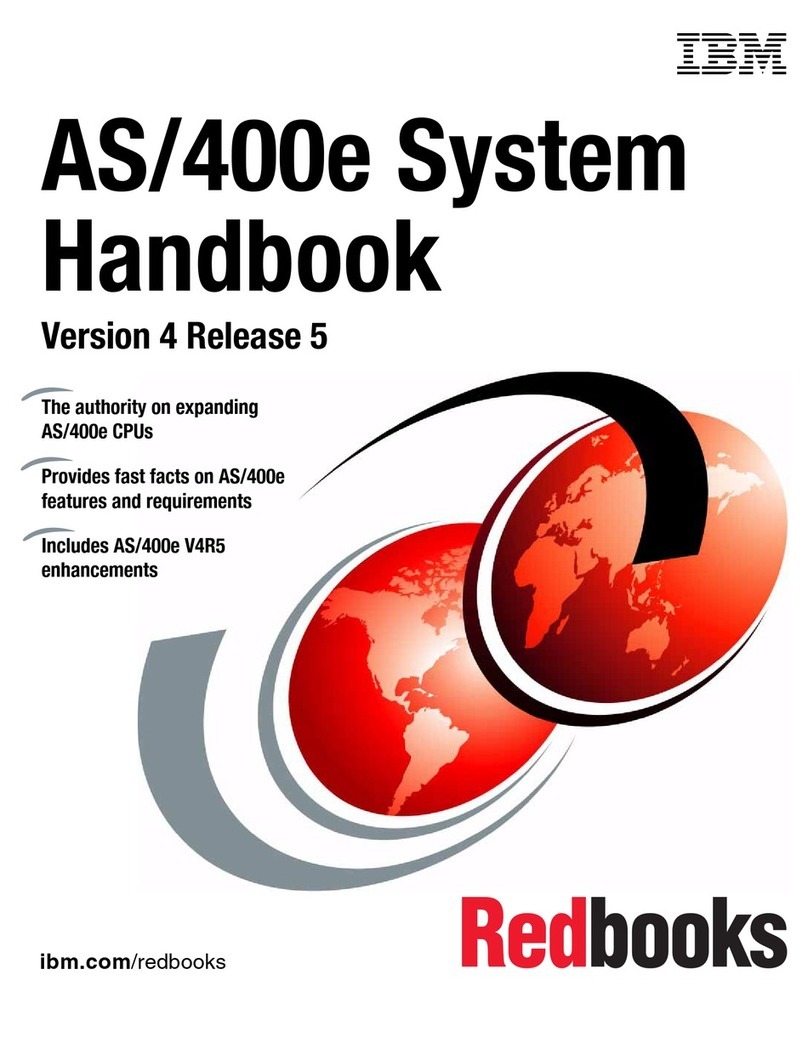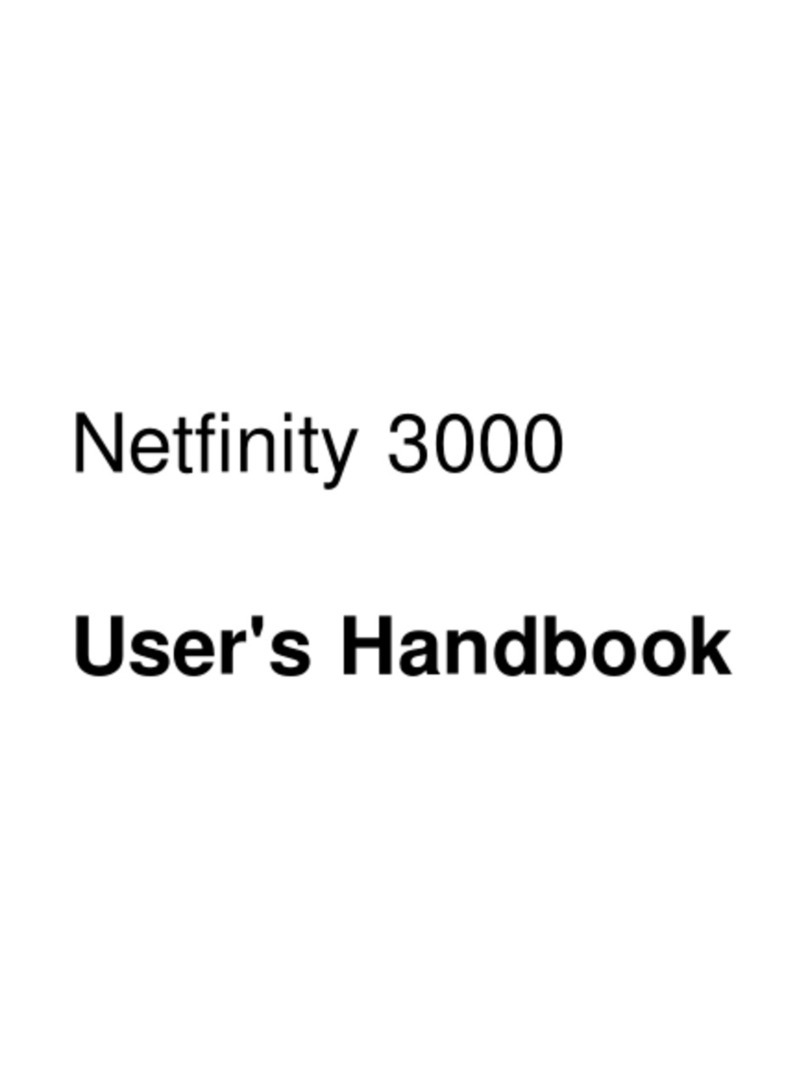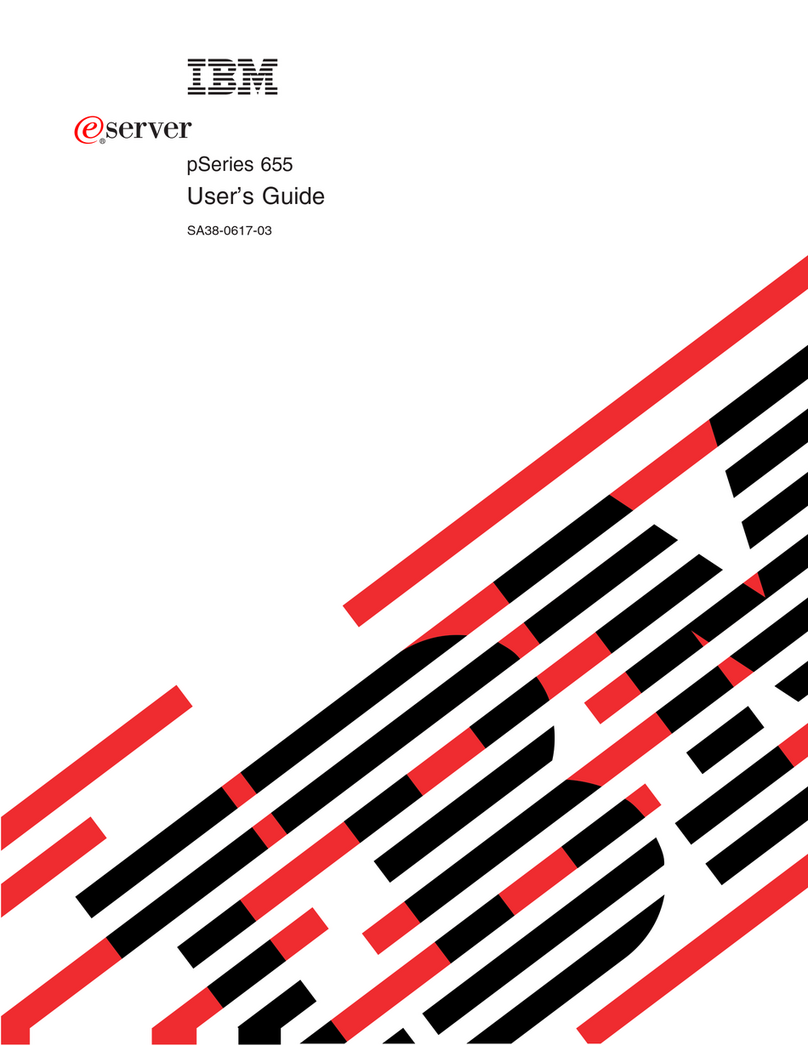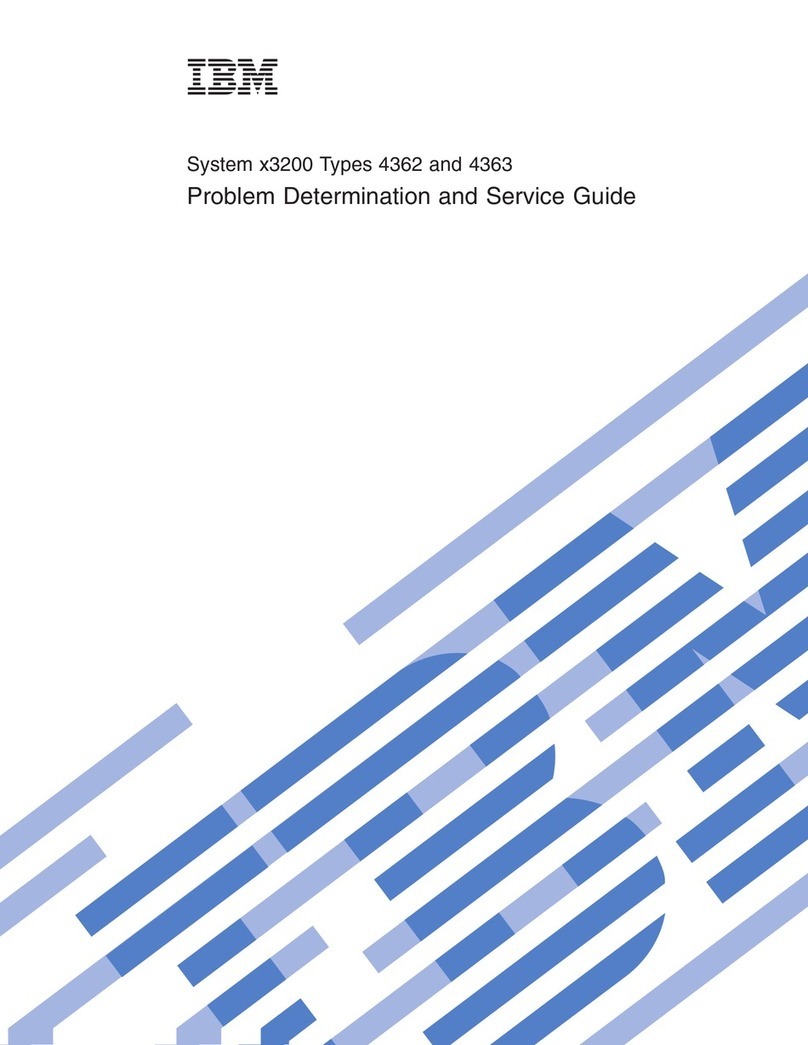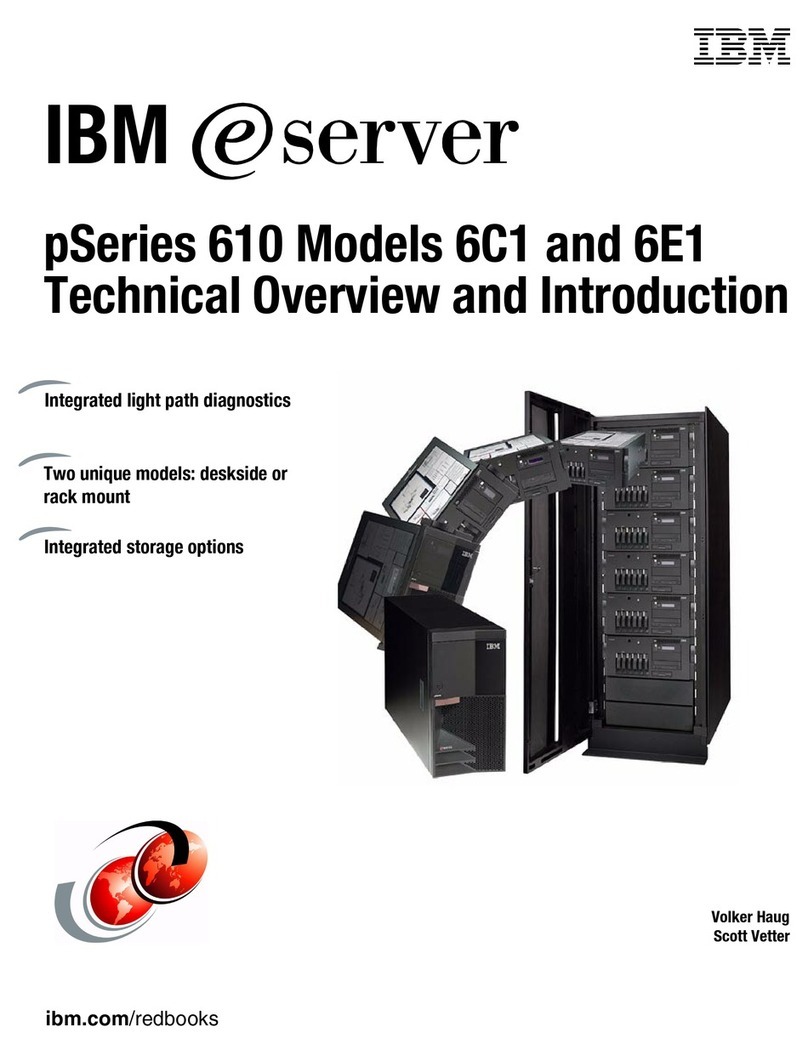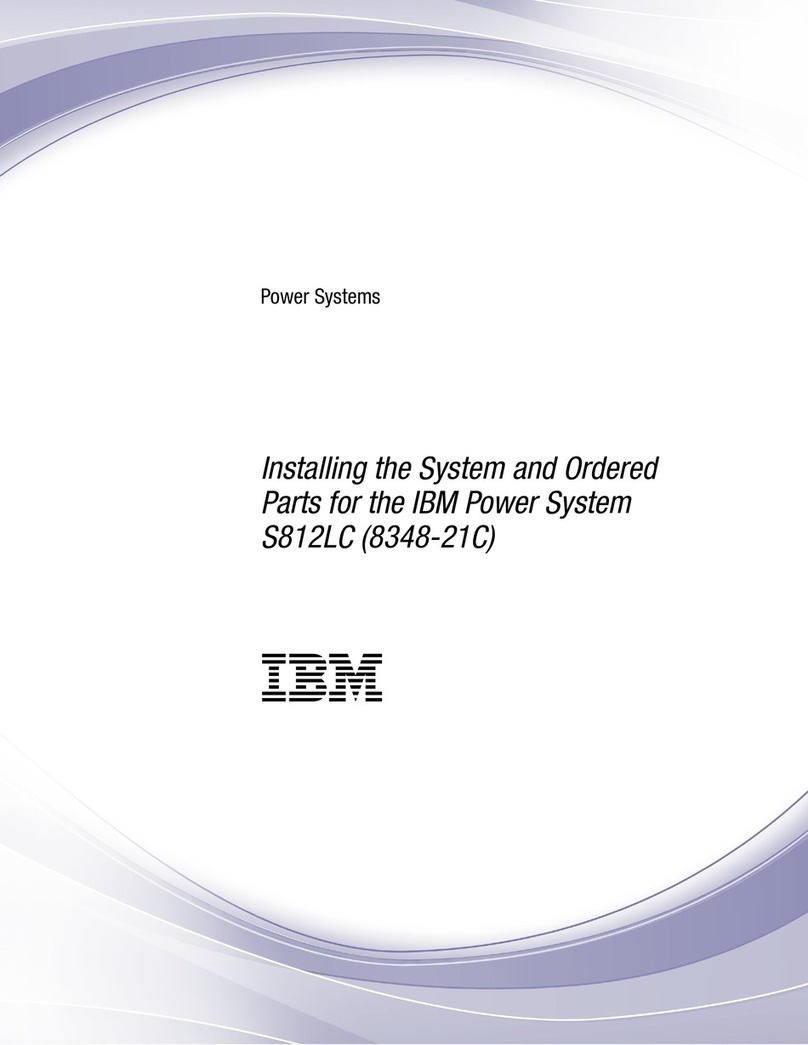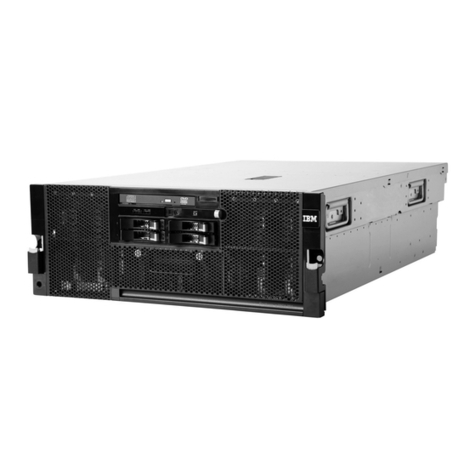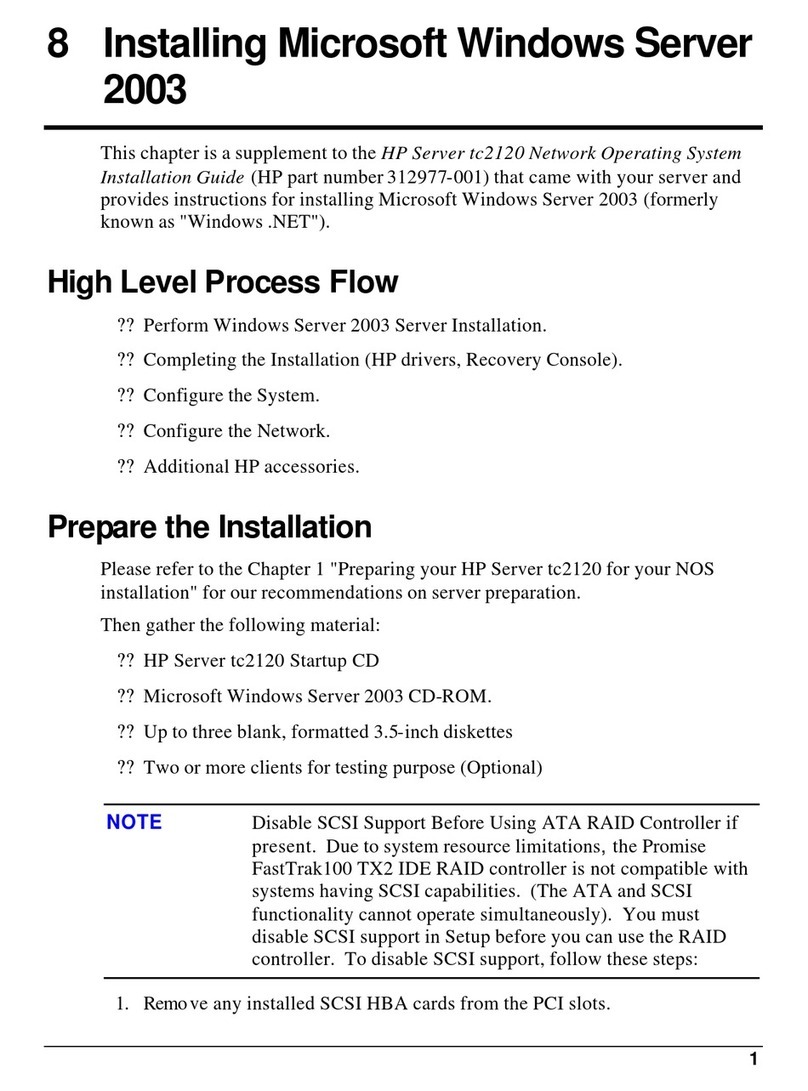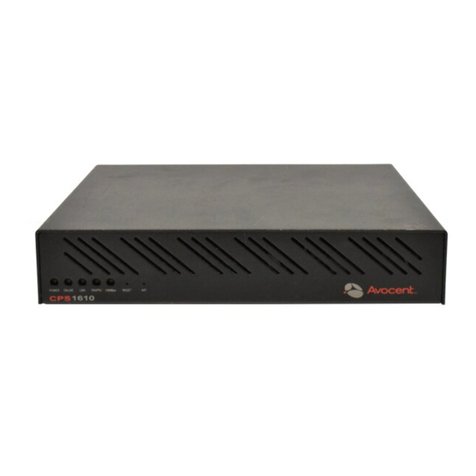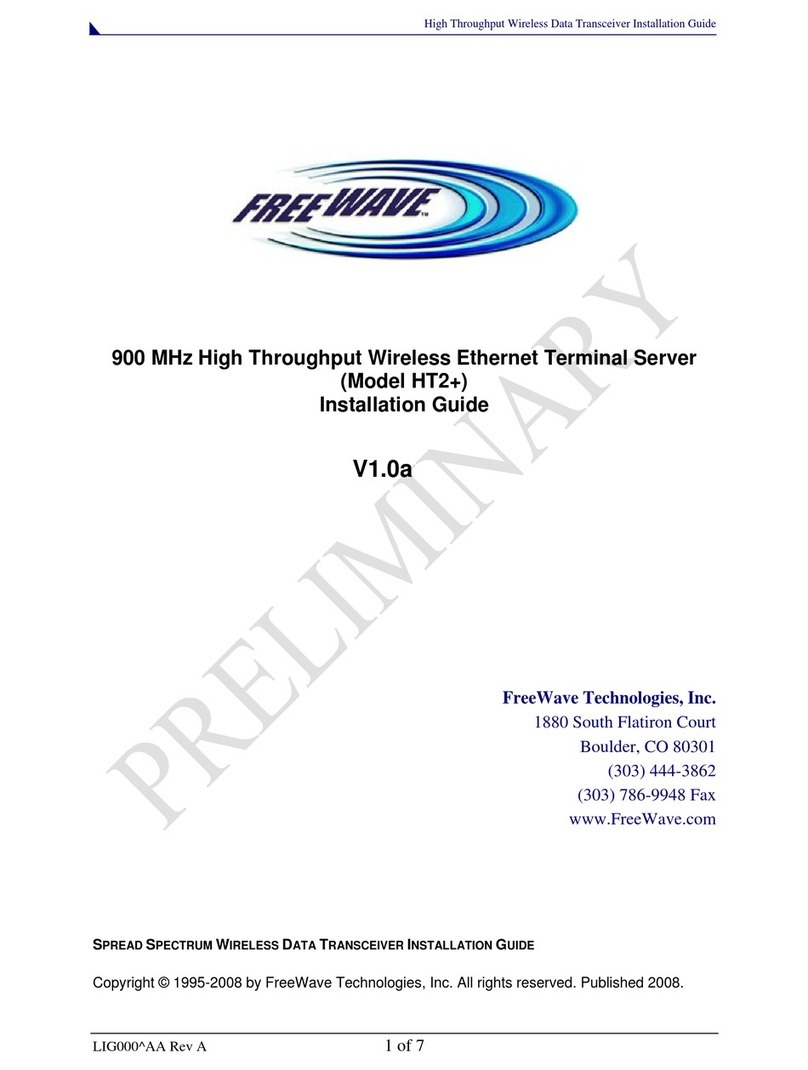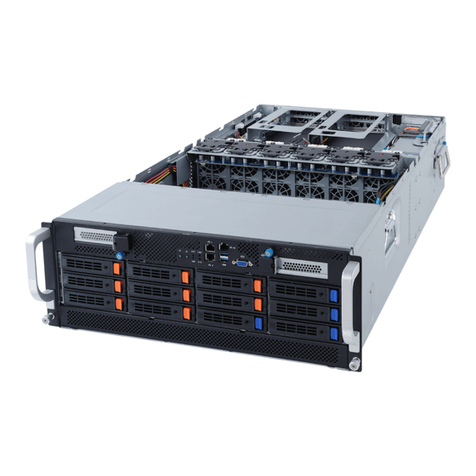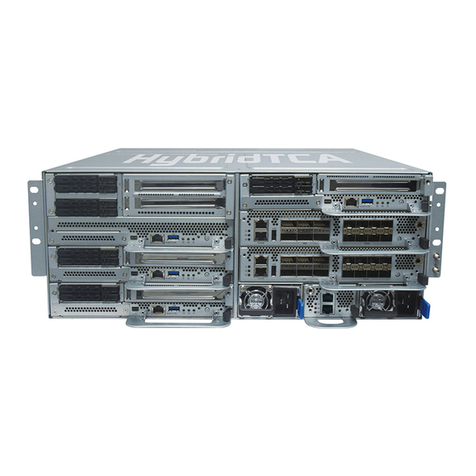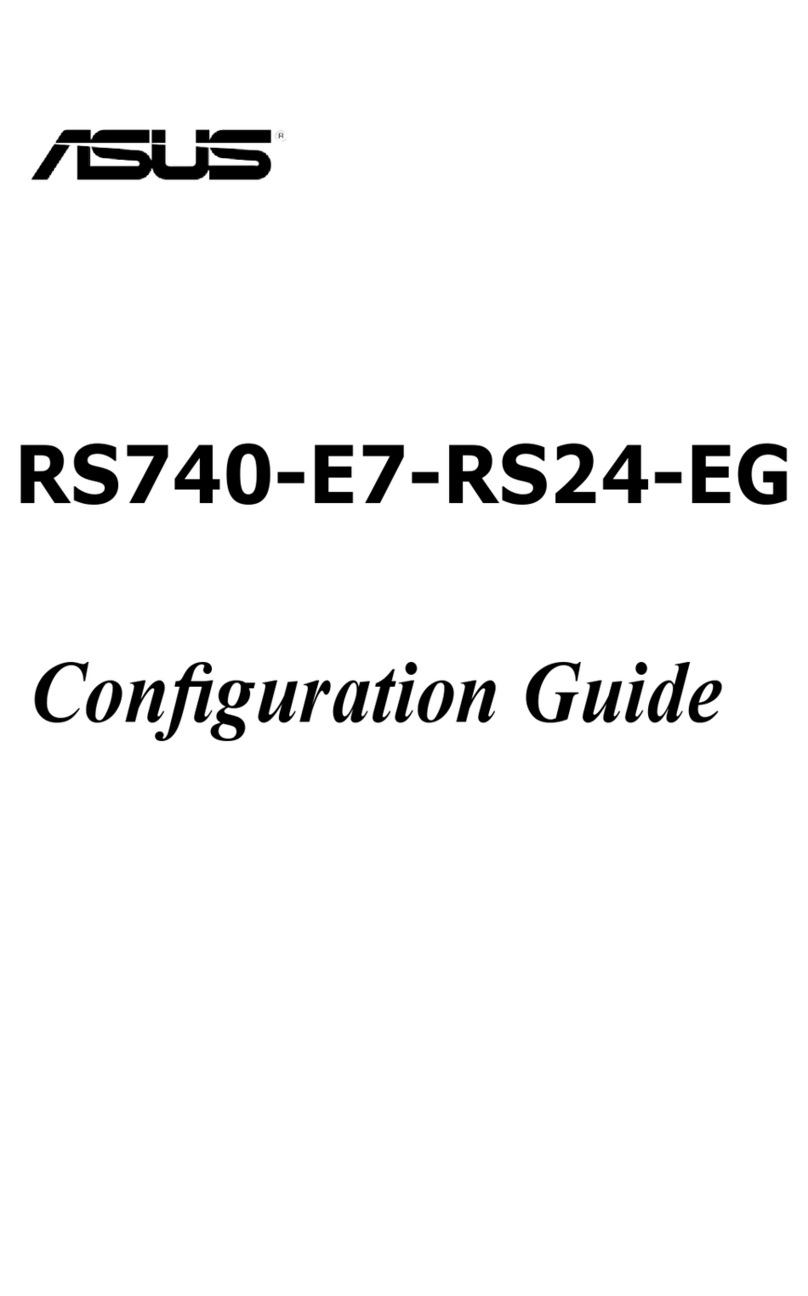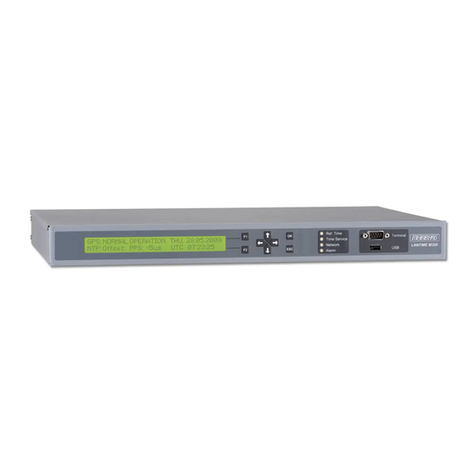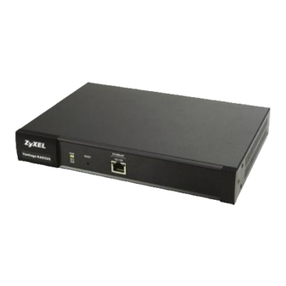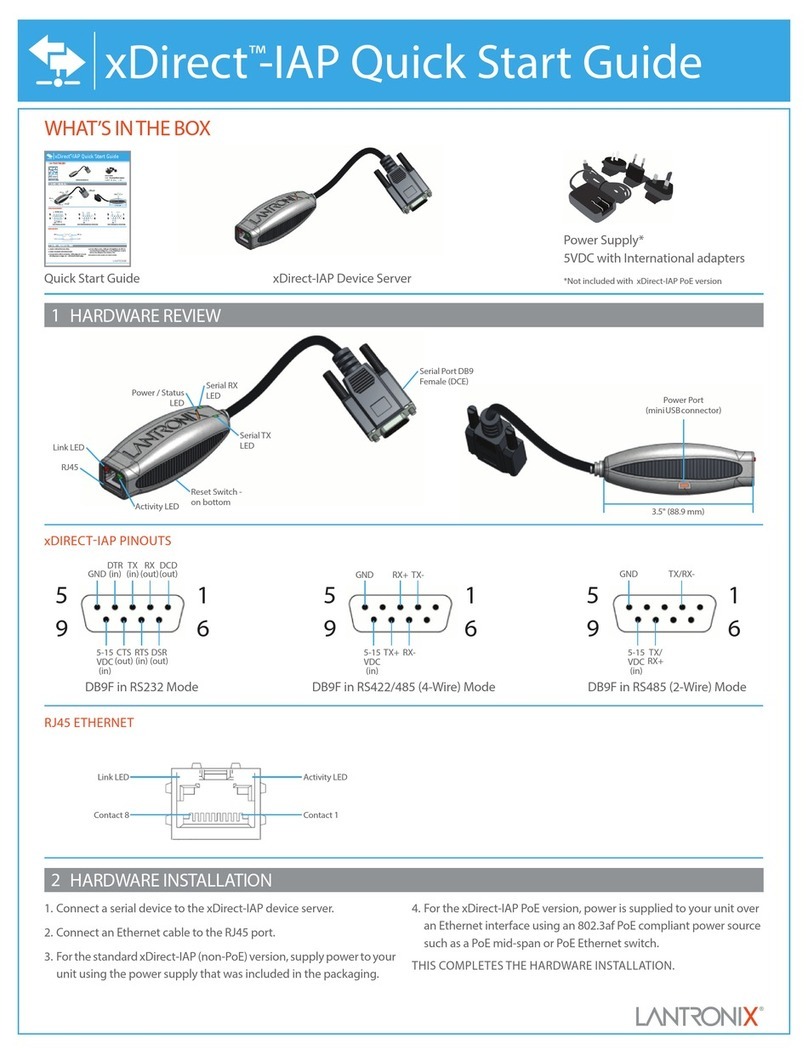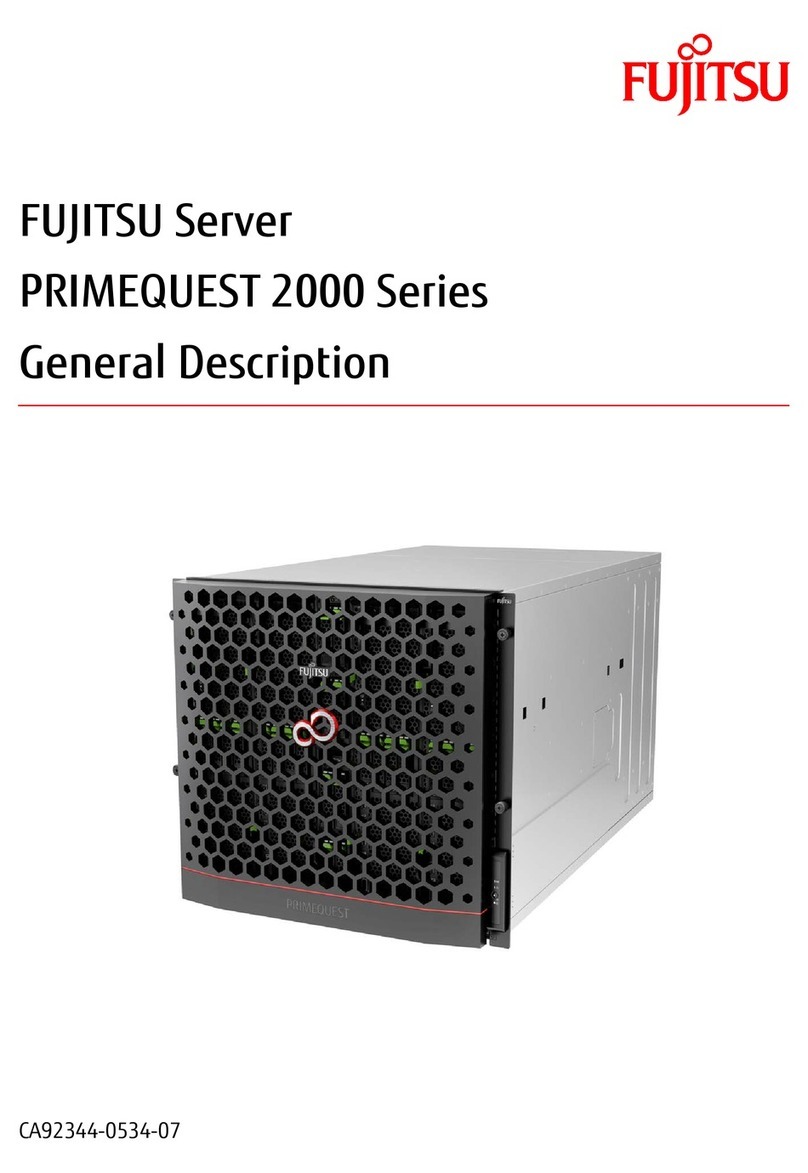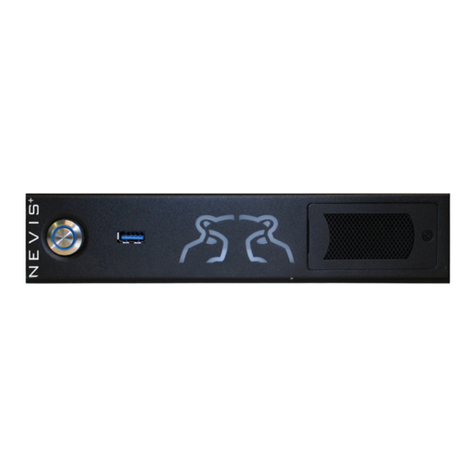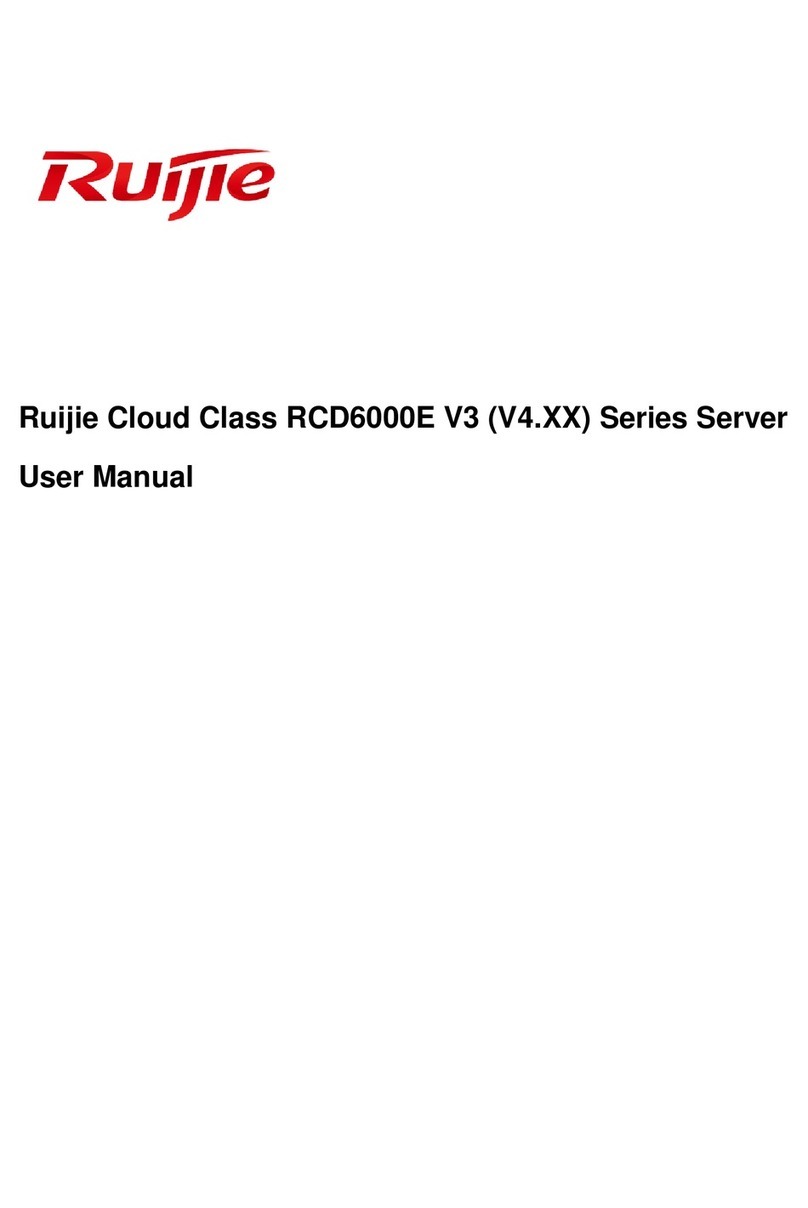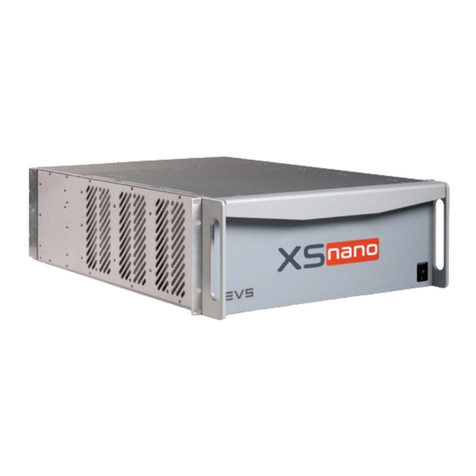
IBM Flex System p24L, p260 and p460 Compute Nodes 2
Key features
The IBM Flex System p24L, p260 and p460 Compute Nodes are high-performance POWER7-based
servers optimized for virtualization, performance, and efficiency. This section describes the key features
of the server.
Scalability and performance
The compute nodes offers numerous features to boost performance, improve scalability, and reduce
costs:
The IBM POWER7 and POWER7+ processors, which improve productivity by offering superior
system performance with AltiVec floating point and integer SIMD instruction set acceleration.
Integrated PowerVM technology, providing superior virtualization performance and flexibility.
Choice of processors, including an 8-core POWER7+ processor operating at 4.1 GHz with 80 MB of
L3 cache (10 MB per core).
Up to four processors, 32 cores, and 128 threads to maximize the concurrent execution of
applications.
Three levels of integrated cache including 10 MB (POWER7+) or 4 MB (POWER7) of L3 cache per
core.
Up to 16 (p24L, p260) or 32 (p460) DDR3 ECC memory RDIMMs that provide a memory capacity of
up to 256 GB (p260) or 512 GB (p460).
Support for Active Memory Expansion, which allows the effective maximum memory capacity to be
much larger than the true physical memory through innovative compression techniques.
The use of solid-state drives (SSDs) instead of traditional spinning drives (HDDs), which can
significantly improve I/O performance. An SSD can support up to 100 times more I/O operations per
second (IOPS) than a typical HDD.
Up to eight (p24L, p260) or 16 (p460) 10Gb Ethernet ports per compute node to maximize networking
resources in a virtualized environment.
Includes two (p24L, p260) or four (p460) P7IOC high-performance I/O bus controllers to maximize
throughput and bandwidth.
Support for high-bandwidth I/O adapters, up to two in each p24L or p260 Compute Node or up to four
in each p460 Compute Node. Support for 10 Gb Ethernet, 8 Gb Fibre Channel, and QDR InfiniBand.
Availability and serviceability
The p24L, p260 and p460 provide many features to simplify serviceability and increase system uptime:
ECC and chipkill provide error detection and recovery in the event of a non-correctable memory
failure.
Tool-less cover removal provides easy access to upgrades and serviceable parts, such as drives,
memory, and adapter cards.
A light path diagnostics panel and individual light path LEDs quickly lead the technician to failed (or
failing) components. This simplifies servicing, speeds up problem resolution, and helps improve
system availability.
Predictive Failure Analysis (PFA) detects when system components (for example, processors,
memory, and hard disk drives) operate outside of standard thresholds and generates proactive alerts
in advance of possible failure, therefore increasing uptime.
